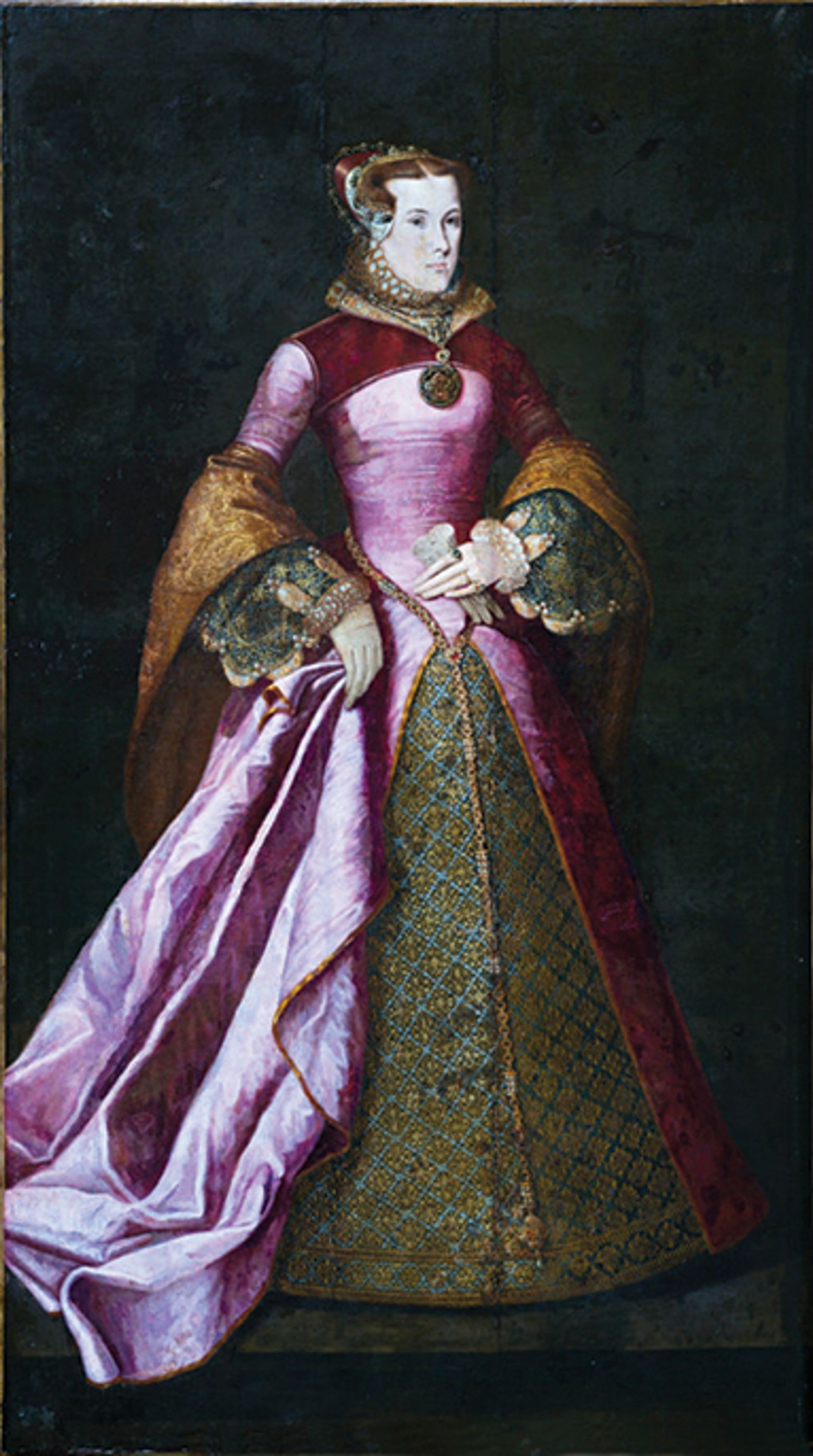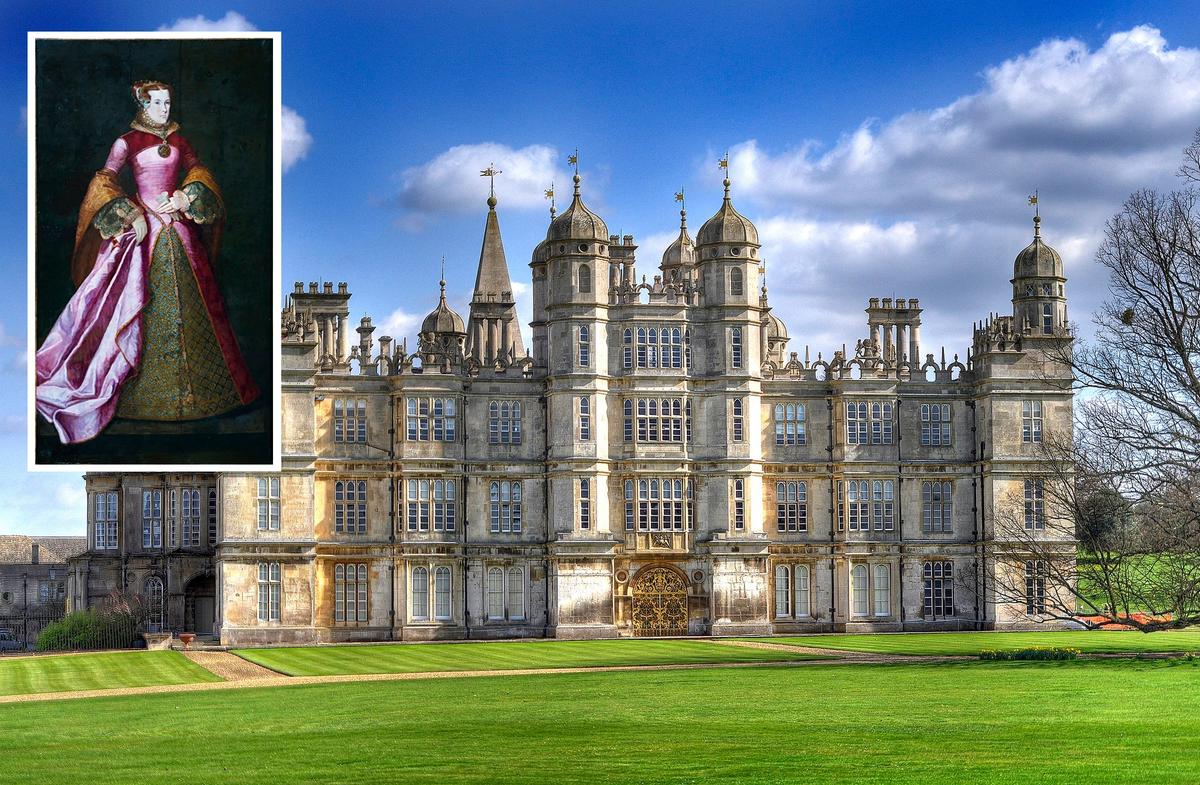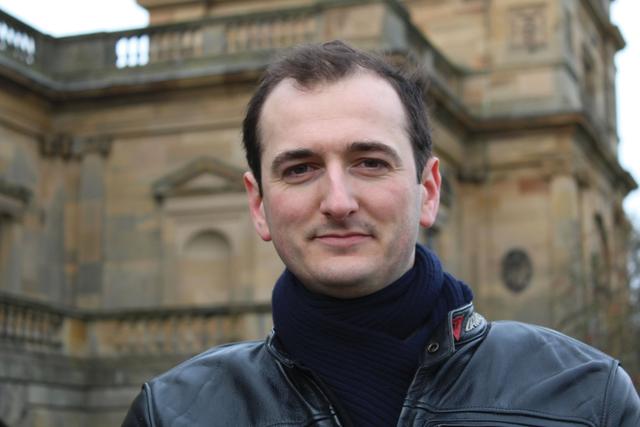Binoculars are an essential part of my art historical toolkit. I use them in museums, but they really come into their own for altarpieces, and—my favourite—portraits hung third row up in stately homes.
Elizabethan Burghley House in Lincolnshire, England, which I visited last month, is definitely a place for binoculars. The collection includes over 700 paintings, with works by Claude, Guercino and the Gentileschis. It is probably the best displayed country house art collection I’ve seen; the pictures are well lit, in excellent condition and clearly numbered, so they can be cross referenced in a dedicated paintings guidebook. If you want to test your connoisseurship, there are few better places.
In Burghley’s great hall, a magnificent full-length portrait of Magdalen, Viscountess Montagu (1538-1608) gave me an opportunity to test mine. Described as “Manner of Anthonis Mor” and hung four or five metres up, it showed a tall figure surrounded by a bright billowing pink dress. The dress was clearly not by a 16th-century artist. But zooming in on the face, something reminded me of a 1550s portrait of a lady in Cambridge's Fitzwilliam Museum by Hans Eworth, a Flemish artist who worked for Mary Tudor. Both portraits also showed their sitters wearing similar medallions depicting multiple jewelled figures.

The eyes of Magdalen, Viscountess Montague resemble those of a Hans Eworth painting at the Fitzwilliam Museum © Burghley; House Preservation Trust Limited. Photo: © Bob Laughton
Could this be a previously unrecognised Eworth? The technique in the head, as well as much of the dress and jewels, seemed to me to be clearly by Eworth. He had a particular way of drawing his sitters features, with demure noses and beady eyes. The hands, too, matched those seen on his portraits of Mary Tudor, prim and coyly folded, while the dress here, at least the non-pink bits, is extremely well painted, each pearl clasp and golden thread minutely detailed (Eworth was a jeweller as well as a painter).
Burghley’s curator, Jon Culverhouse, kindly sent me an image, and also relayed that the picture had long ago been transferred from panel to canvas. This explains the pink dress—overpaint from a botched restoration. The portrait was probably painted at the time of Magdalen’s marriage to Anthony Browne, Viscount Montagu (another Eworth patron) in 1558. If the Eworth attribution holds, it would be one of the last great Marian portraits painted in England.
Eworth worked mainly for Catholics. And fittingly, another mystery in the Burghley portrait—the nature of the scene depicted in the medal around Magdalen’s neck—was solved by a Twitter friend of mine, Fr Robin Gibbons, the first Catholic Priest in Christ Church Cathedral, Oxford, since the Reformation. Robin, without knowing the name of the sitter, identified the scene—of a white robed figure emerging from a tomb, followed by a female figure—as the story of Christ saying “noli me tangere”. It was an eponymous jewel, a Magdalene for a Magdalen.

Hans Eworth's Unknown lady (around 1550-55)
So I’ve been thinking further about Eworth’s portrait of an unidentified lady at the Fitzwilliam. She was once wrongly called Mary Tudor, on account of her ginger hair and a passing resemblance, but her jewel depicts the Old Testament story of Esther. Is she therefore an Esther? Esther was a relatively uncommon Tudor name, but among Esthers of the 1550s of an age to be the Fitzwilliam sitter is one Esther or Ethelreda Malte, an illegitimate daughter of Henry VIII. She died in 1559. Her daughter was also called Hester (the anglicised Esther). Her mother, Joan Dyngley, was said to have been a royal laundress, and intriguingly the only other clue to the sitter’s identity in the Fitzwilliam portrait is a prayer book embossed with the letter ‘D’. In the Bible, Esther hides her identity before being recognised by the king, and this is the scene shown on the medallion. Perhaps whoever once looked at the Fitzwilliam portrait and decided it looked like Mary Tudor was half right—is it in fact her half sister?



